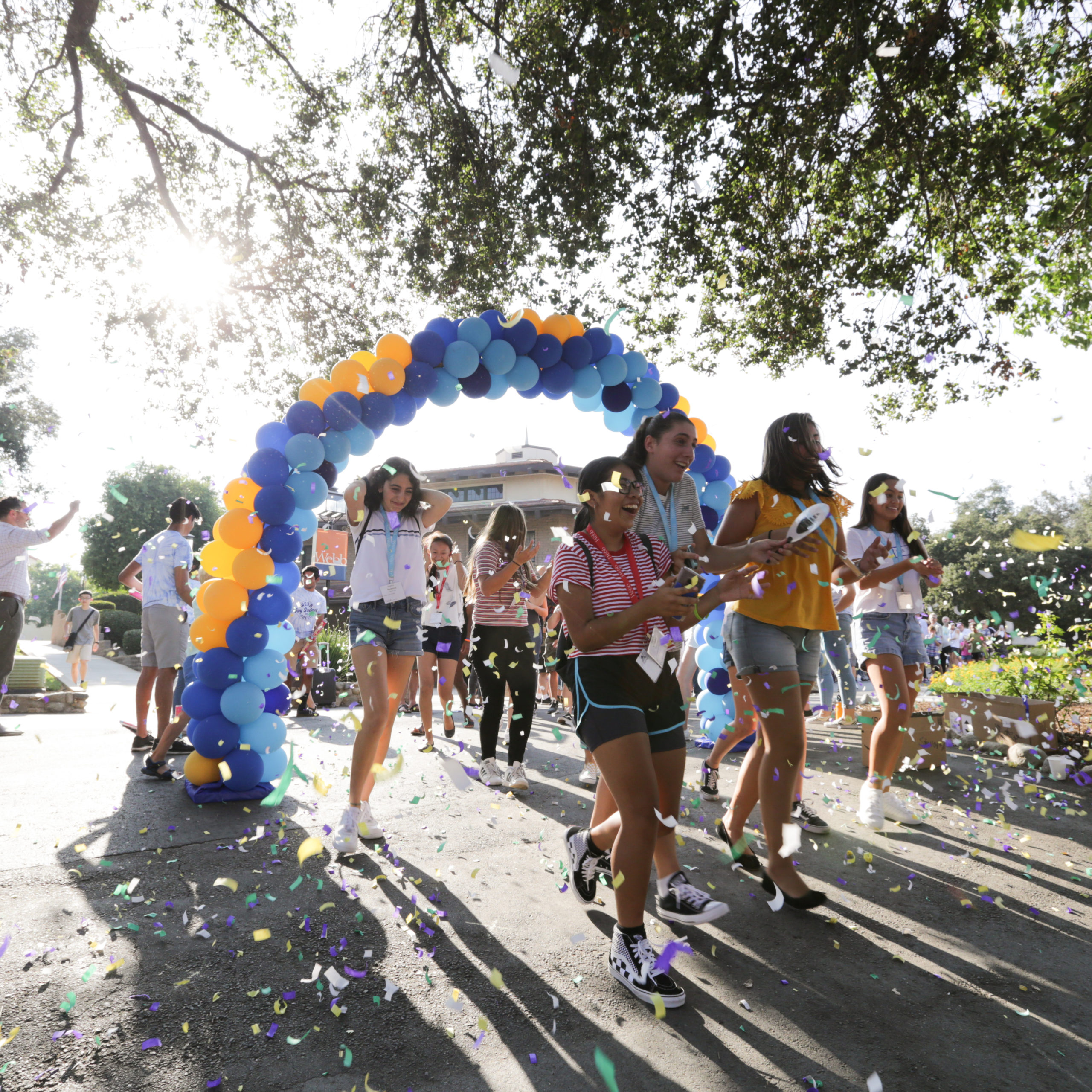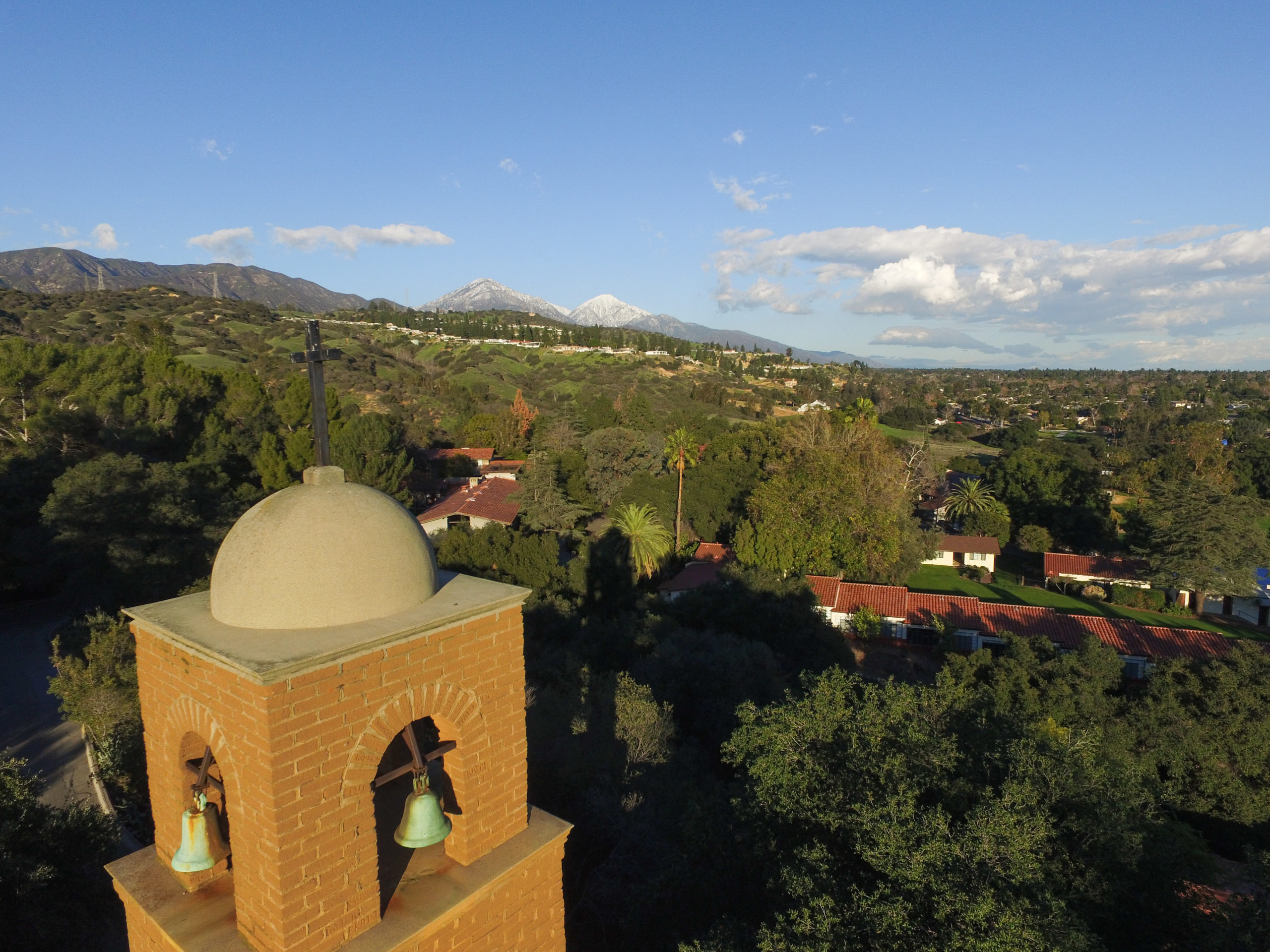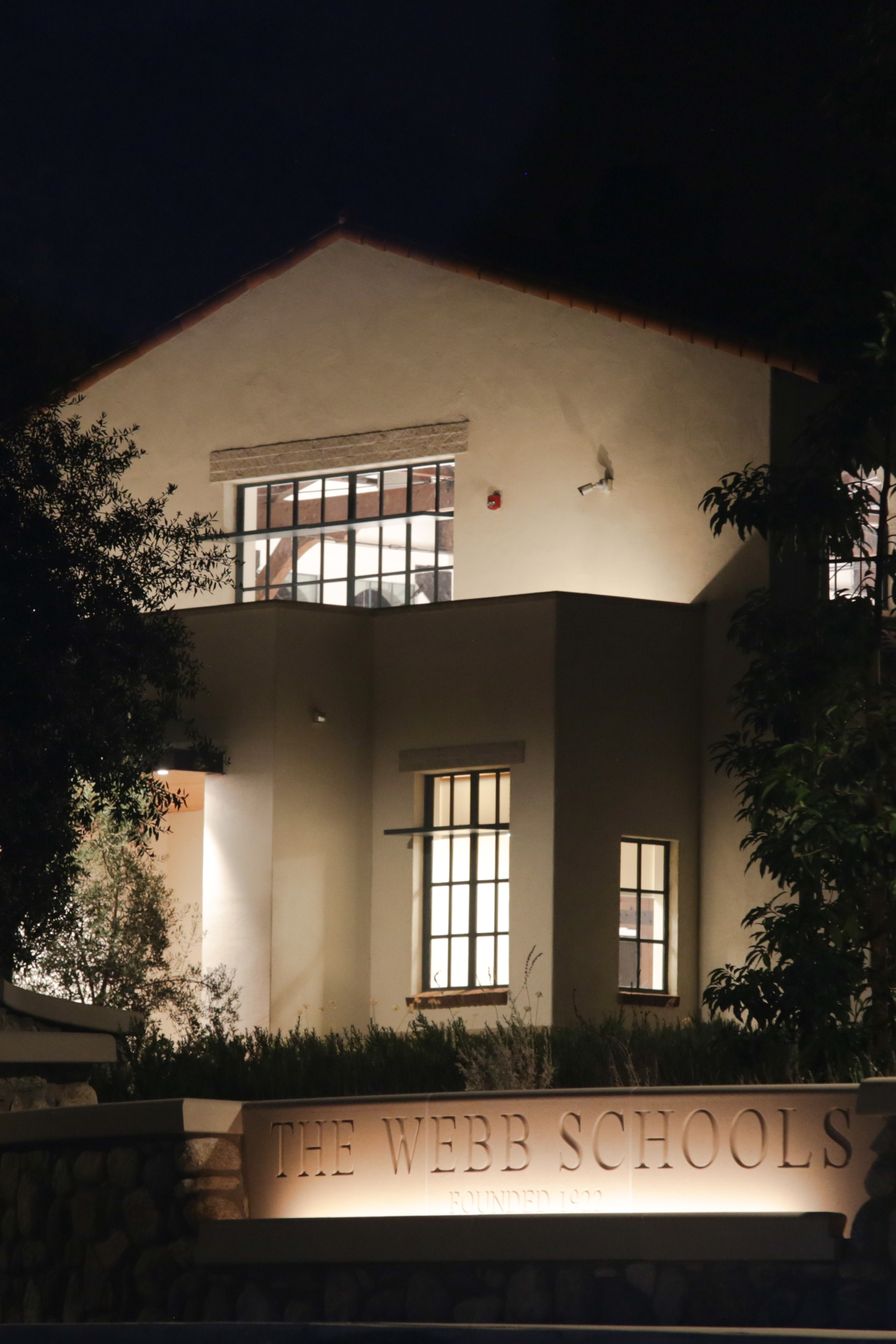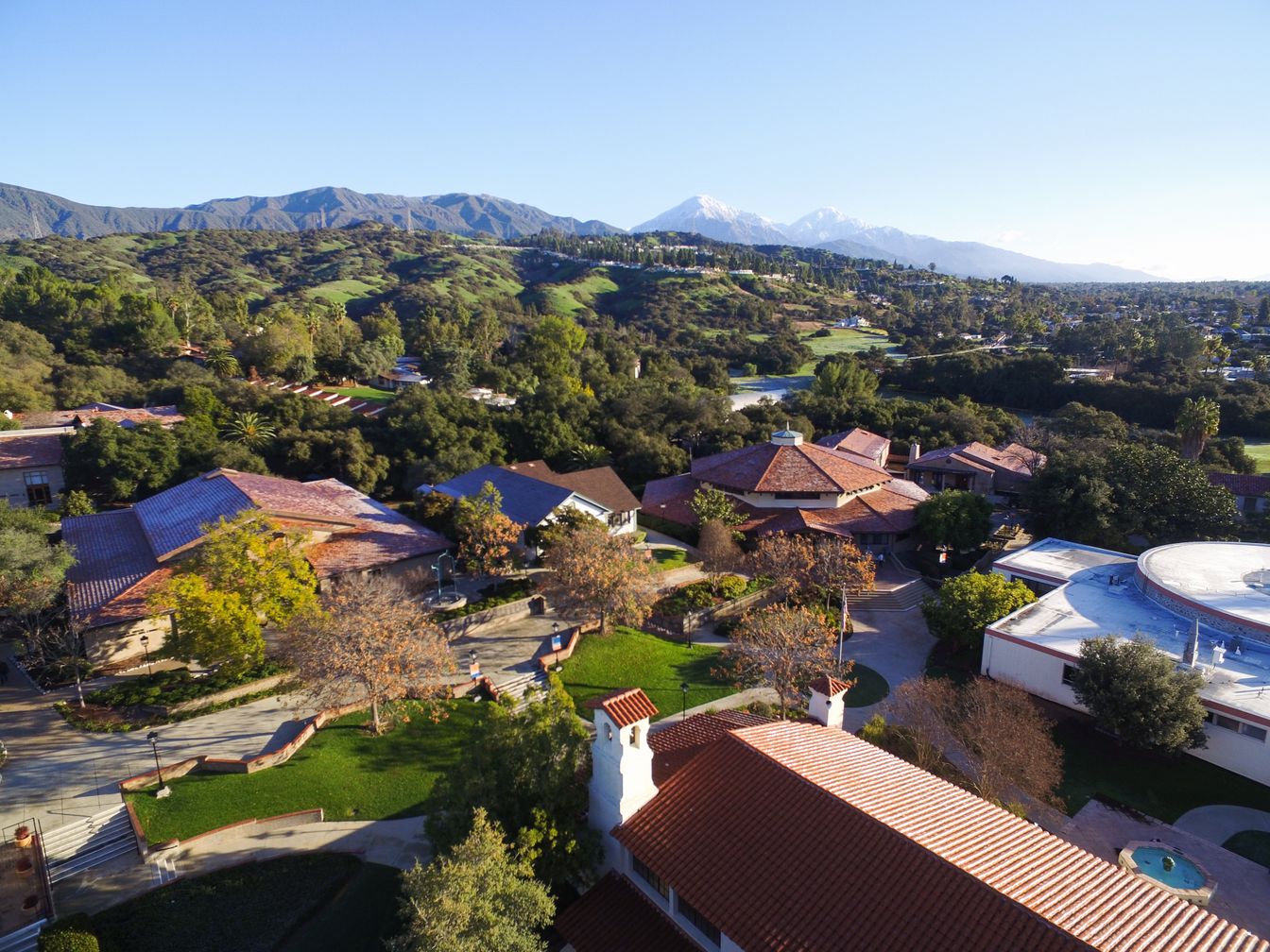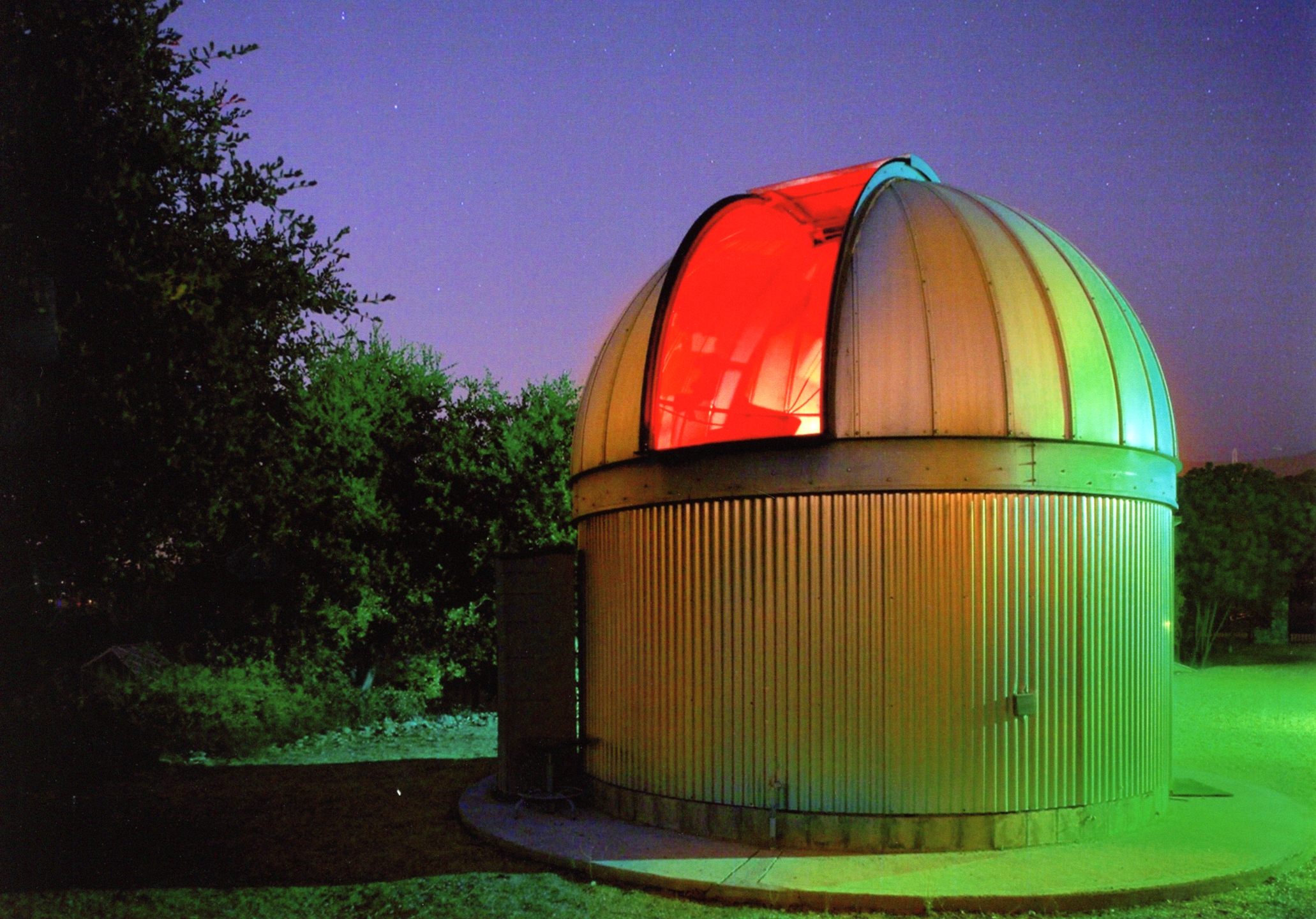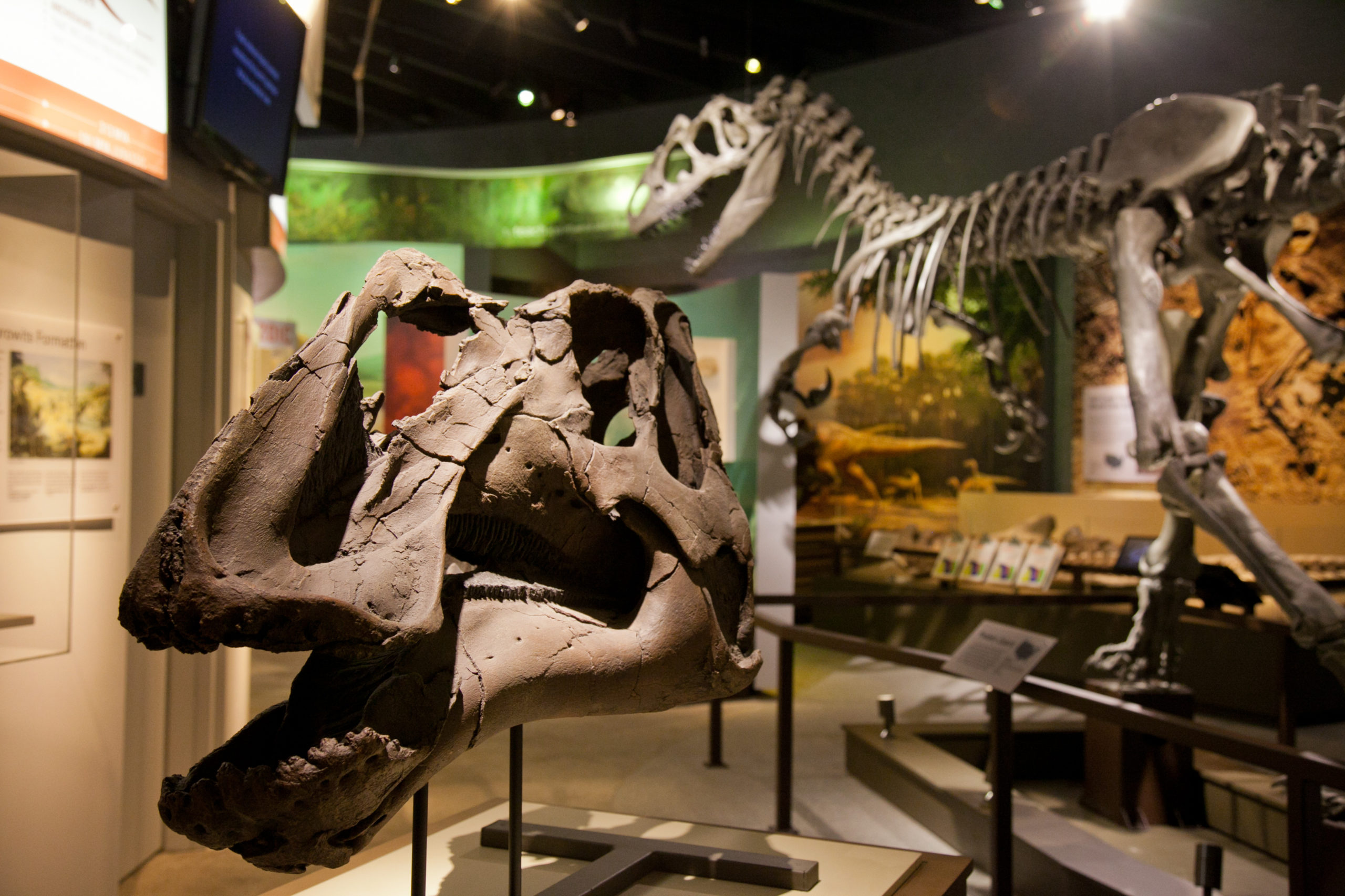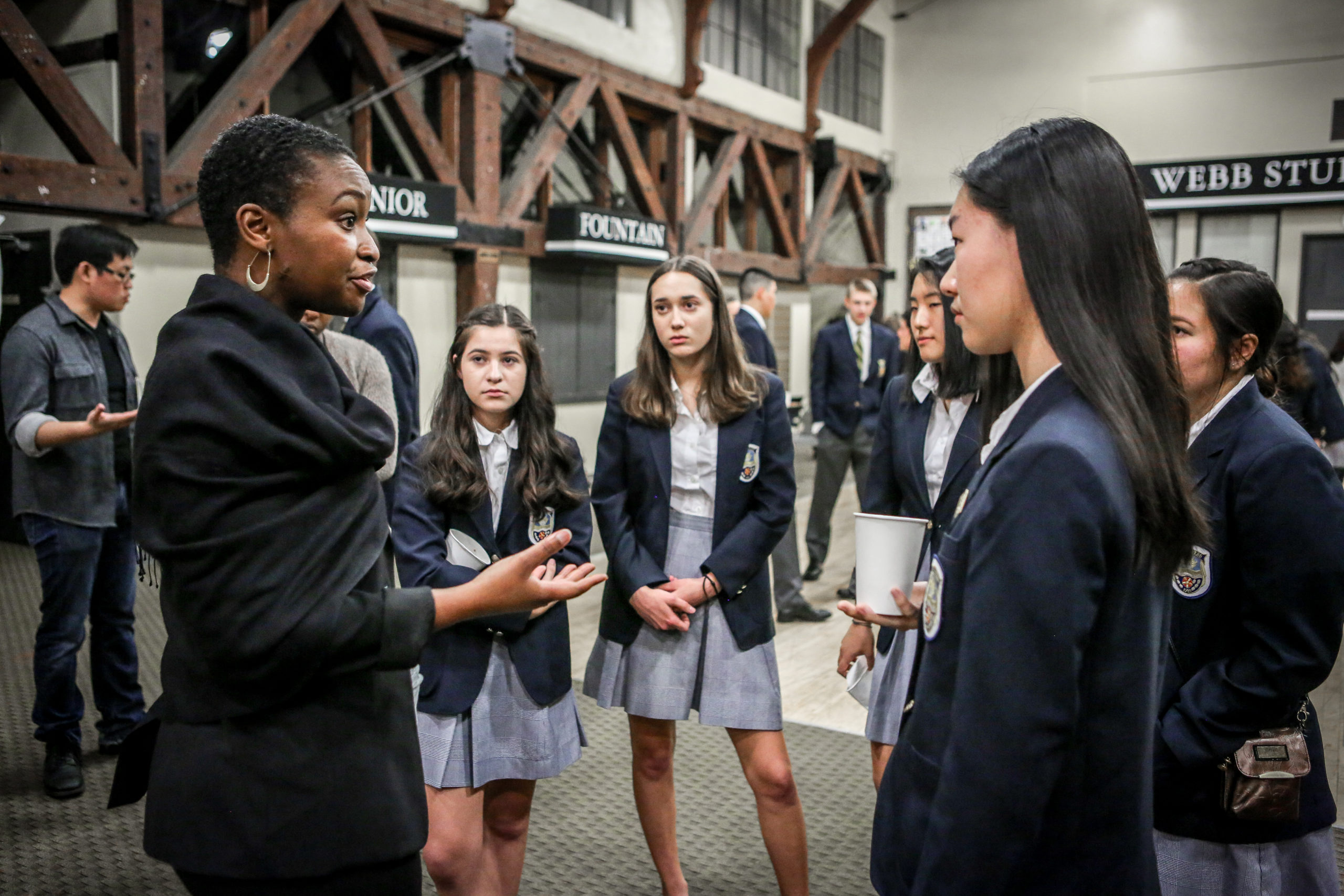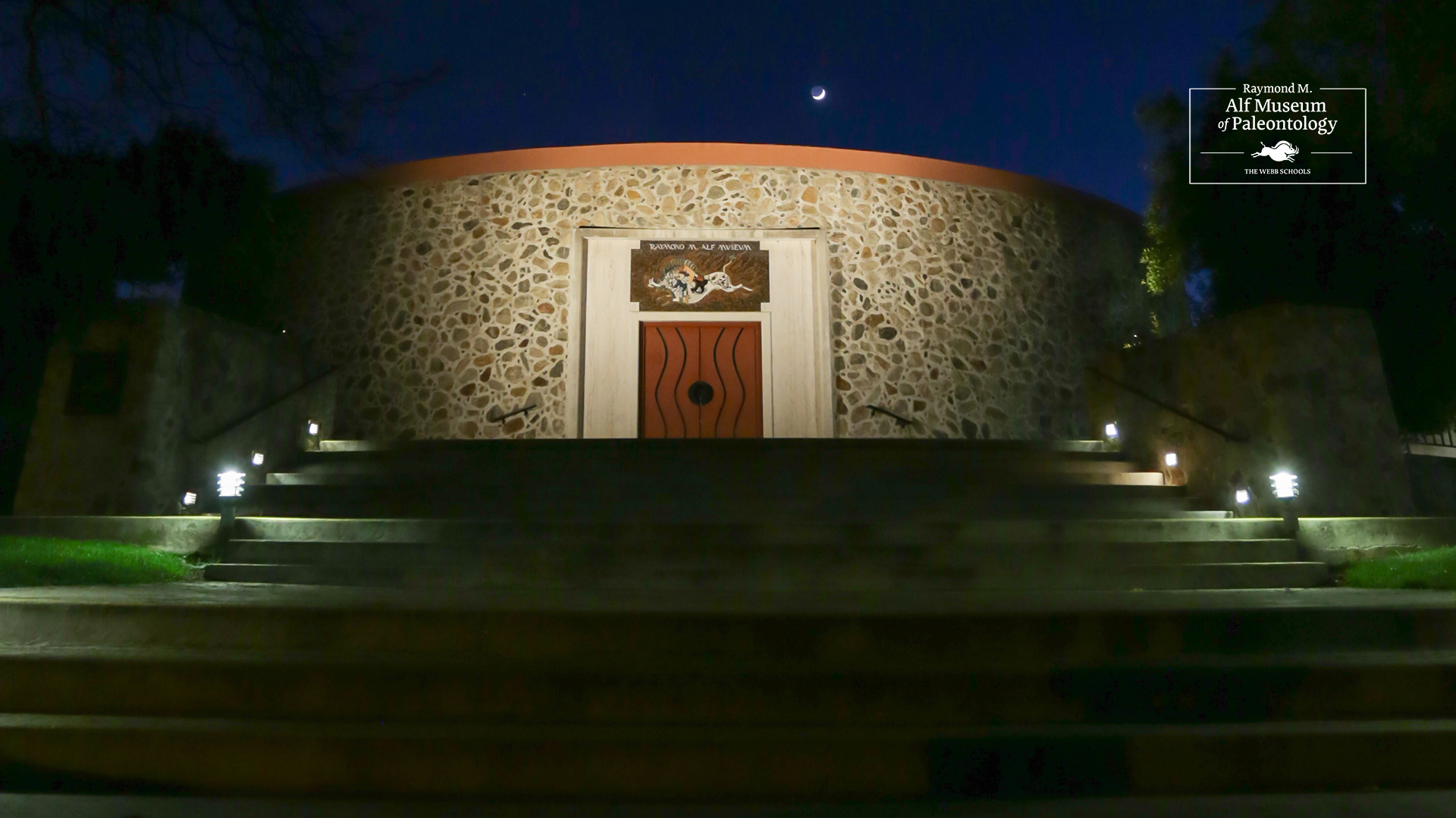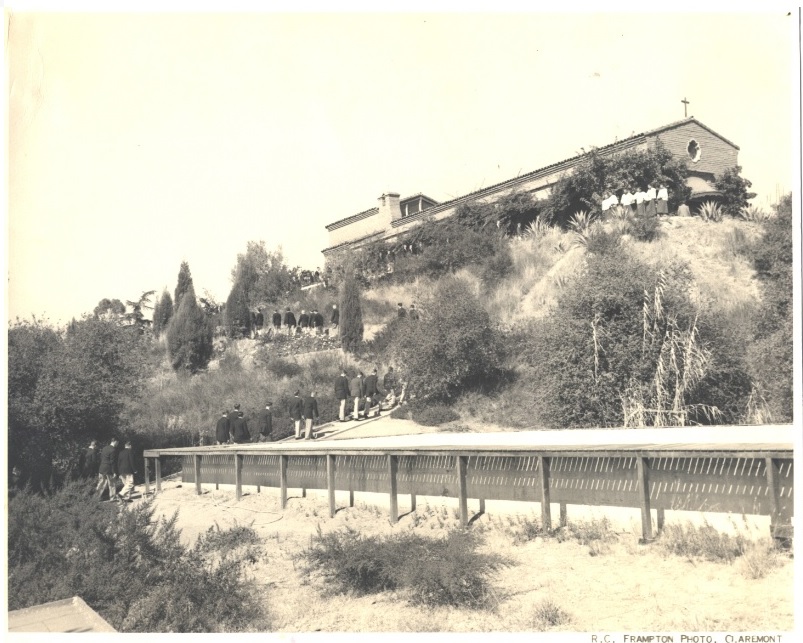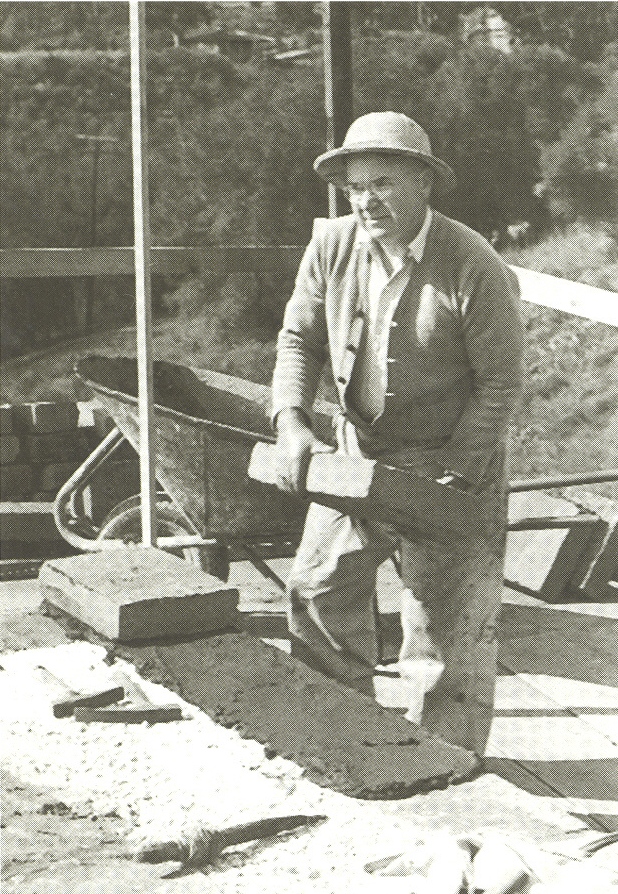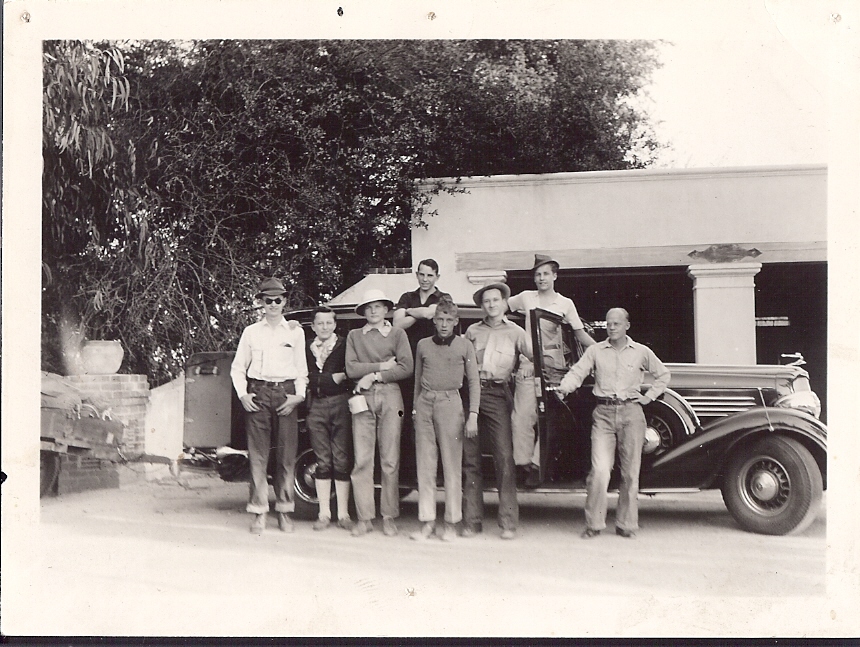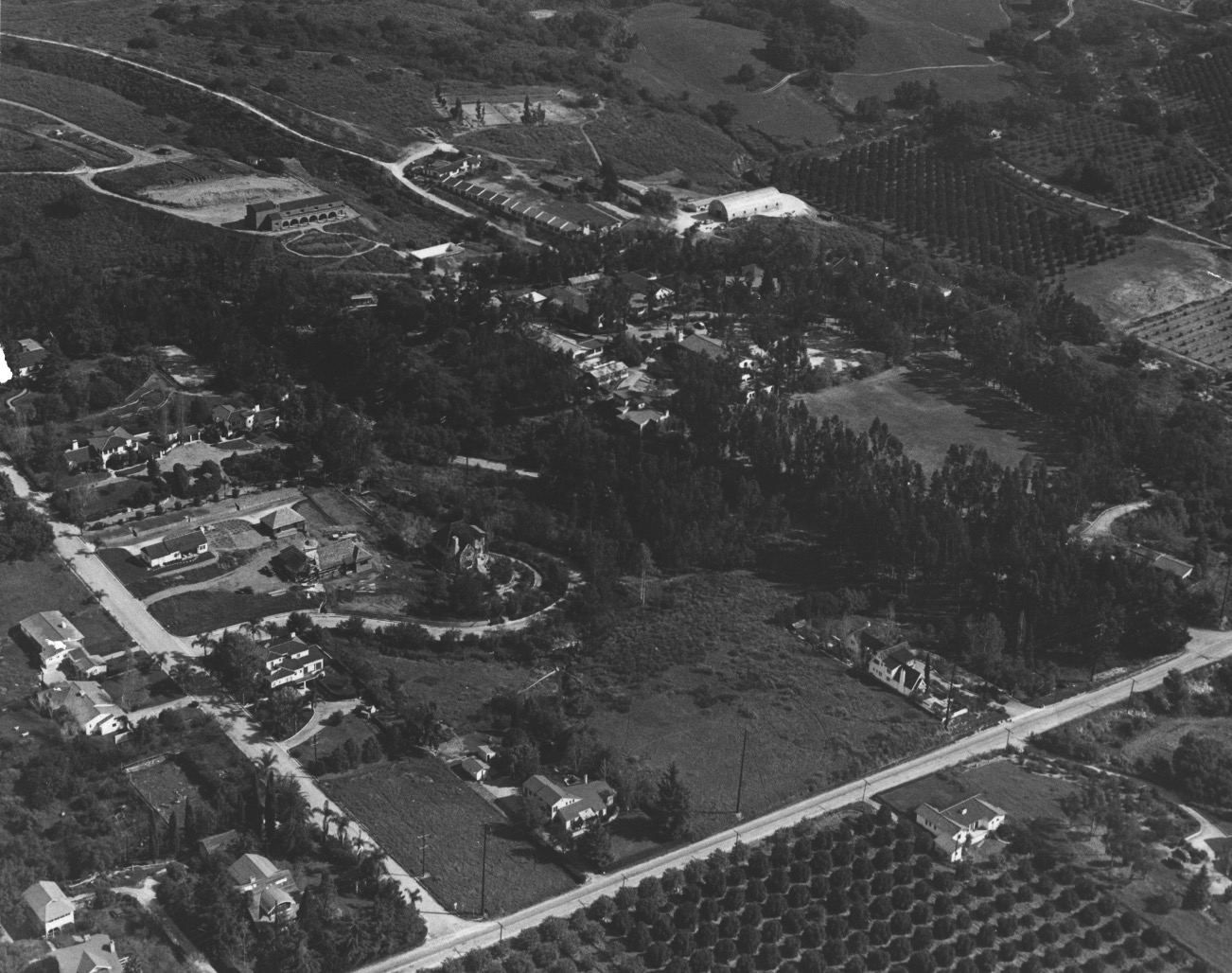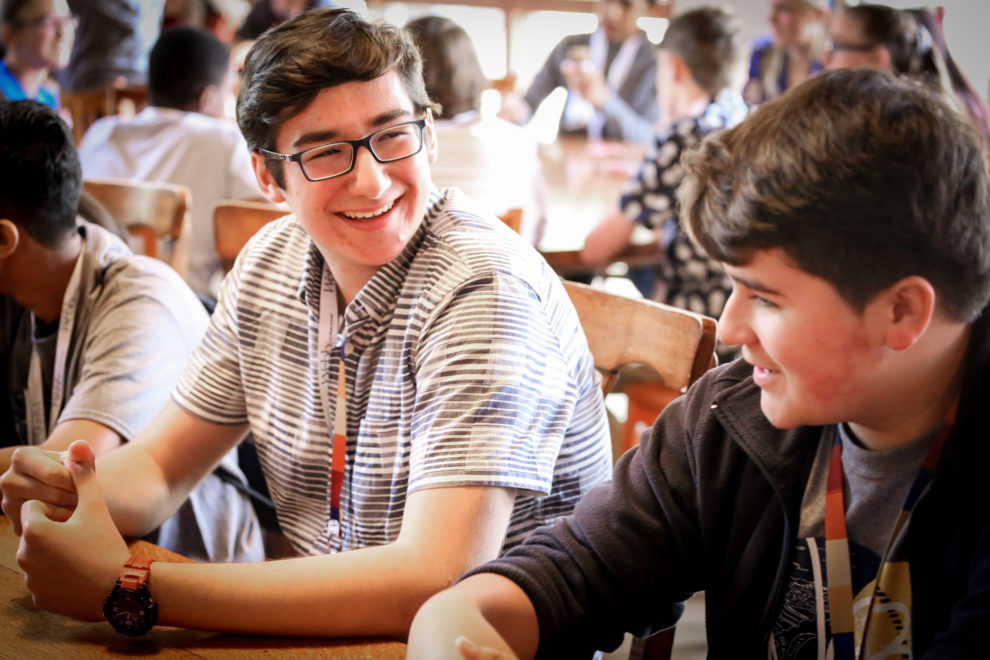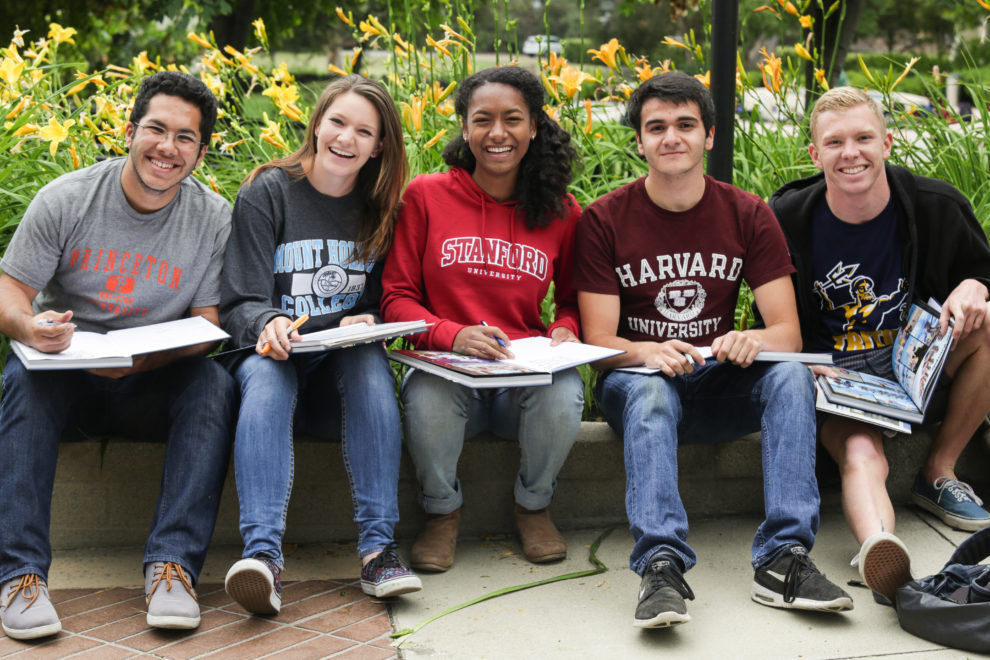Webb’s History
The Beginning
Thompson Webb graduated from the Webb School of Bell Buckle in 1907, and the University of North Carolina, Chapel Hill before beginning a career as a farmer in Southern California’s Coachella Valley. He married Vivian Howell in 1915. After a failed onion crop in 1918, Thompson accepted an invitation to join the faculty at his father’s school.
While teaching in Tennessee, Thompson received a letter from a well-respected educator in California telling him of an abandoned school in Claremont, California. He encouraged Thompson to make a deal for the land and start a school of his own. In the fall of 1922, Thompson Webb opened Webb School of California with 14 boys and four teachers.
Thompson’s influence on education in America goes beyond the 40 years he served as headmaster of Webb School of California — he was instrumental in the founding and organization of the California Association of Independent Schools (CAIS) in the 1940s. Thompson was also a vital force in the establishment of the National Association of Independent Schools (NAIS), which was modeled after the California association.

